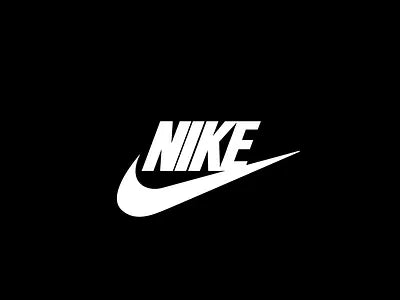
How Nike’s $100 Million SAP Mistake Nearly Broke Their Sneaker Game
Introduction: When Tech Trips Up a Titan
Nike, a brand synonymous with innovation, performance, and global dominance made headlines in the year 2000 not for its latest sneaker drop, but for a massive ERP failure that disrupted its supply chain and cost the company an estimated $100 million in lost sales.
The issue? A poorly executed rollout of a new SAP ERP system, combined with demand planning software from i2 Technologies. The system was intended to streamline Nike’s forecasting, production, and inventory management. Instead, it introduced costly inefficiencies, triggered order imbalances, and caused a major public setback.
This is the story of how a software implementation misstep nearly sidelined one of the world’s most powerful brands and what ERP leaders can learn from it.
What Happened in Nike’s ERP Rollout?
Nike’s objective was strategic: build a modern, integrated system that could optimize demand forecasting, synchronize supply chain operations, and respond faster to market dynamics. To achieve this, the company partnered with:
- SAP for ERP
- i2 Technologies for demand and supply chain planning
But from the start, the rollout was rushed, fragmented, and under-tested. Within months, the system began feeding inaccurate demand forecasts into Nike’s production pipeline.
The outcome:
- Retailers received too much of the wrong product
- High-demand sneakers were underproduced and underdelivered
- Nike ended up overstocked on slow sellers, with missed revenue on its most popular releases
- The company lost $100 million in sales, and its stock fell by nearly 20% overnight
“Forecasting isn’t optional in a global supply chain, it’s the difference between market dominance and costly disruption.”
The Core Failures in Nike’s ERP Implementation
1. Forecasting Failures
The i2 demand-planning tool fed flawed projections into SAP’s production system. As a result, Nike’s manufacturing plans were disconnected from actual market demand.
2. Rushed Deployment
Nike fast-tracked the rollout to stay competitive, but the system was not properly tested in live, high-volume conditions. Stability and accuracy took a back seat to speed.
3. Over-Complexity at Scale
Nike attempted to apply advanced logic across a massive global supply chain without gradual onboarding. The system and the teams couldn’t manage the transition smoothly.
4. Poor Data Integration
Nike’s legacy systems were not adequately integrated with the new platform. This created visibility gaps, data inconsistencies, and broken links in the supply chain process.
The Business Impact: A Brand in the Crosshairs
- Retailers missed key sneaker releases and marketing timelines
- Shelf space was filled with underperforming SKUs
- Distribution and logistics partners grew frustrated with fulfillment errors
-
Nike’s stock dropped 20%, and analysts downgraded earnings projections
- The company’s reputation for supply chain precision took a visible hit
The internal post-mortem described it as a “supply chain disaster” one that reverberated across finance, operations, and investor relations.
What Businesses Can Learn from Nike’s ERP Mistake
✅ Don’t Launch Without Simulation
ERP and supply chain tools must be tested under real-world conditions before going live. A phased simulation of peak demand scenarios is essential.
✅ Avoid Big Bang Rollouts
Phased rollouts allow teams to learn, adapt, and optimize without exposing the full business to risk. Nike tried to implement everything at once and paid the price.
✅ Clean and Align Your Data
Even the most advanced ERP will fail if fed with incomplete or incorrect data. Data governance and integration must be foundational to any rollout.
✅ Ensure Cross-Functional Alignment
ERP is not just an IT initiative. It requires full alignment across operations, supply chain, finance, and executive leadership. Technology must support business goals and not operate in isolation.
Why This Story Still Matters
Nike’s ERP failure may be over two decades old, but the risks it exposed remain highly relevant. In today’s era of AI-driven forecasting, just-in-time inventory, and omnichannel retail, a single systemic failure can ripple across geographies and revenue streams in hours.
ERP success today isn’t just about going digital... it’s about going strategic.
Planning a global ERP or supply chain transformation?
→ Join The Community
Final Thought
Nike eventually recovered and even became a leader in digital supply chain management. But the journey included a very public, very expensive lesson.
In ERP, the goal isn’t just to go live, it’s to go live the right way.
For any brand considering transformation, remember: technology should enable your strategy, not compromise it.
